
As Posted on Ancestry 04 Aug 2012 by L_Hookom
The Anderson’s home was west of Nordkjosbotn along the south side of the fjord, at a place called Gammelgård at Tennes. This area was very beautiful with relatively level but sloping land close to the fjord.

Elias took over the farm operation after his father died. After several poor years of farming they were eager to travel to a new land. Elias and Beata were dissenters from the State Church of Norway. Elias Anderson and his wife Beata Hemmingsdatter spent two years preparing for their trip to America. They followed the first group to leave Balsfjord led by J.A.J. Bomstad who departed in 1862 for America. Elias and Beata were expecting a baby born, June 26, 1862 so they had to wait until the next year. They made hand tooled shoes, goatskin robes, and clothes made of dismal gray homespun fabric. Each family had to bring enough food to last until they arrived in the new land and consisted of dried fish, dried mountain berries, meal for gruel, hard tack and flat bread. The food was packed in large chests.
Balsfjord Church near Tennes just North of the farm. They worshiped here before they dissented from the State Church of Norway
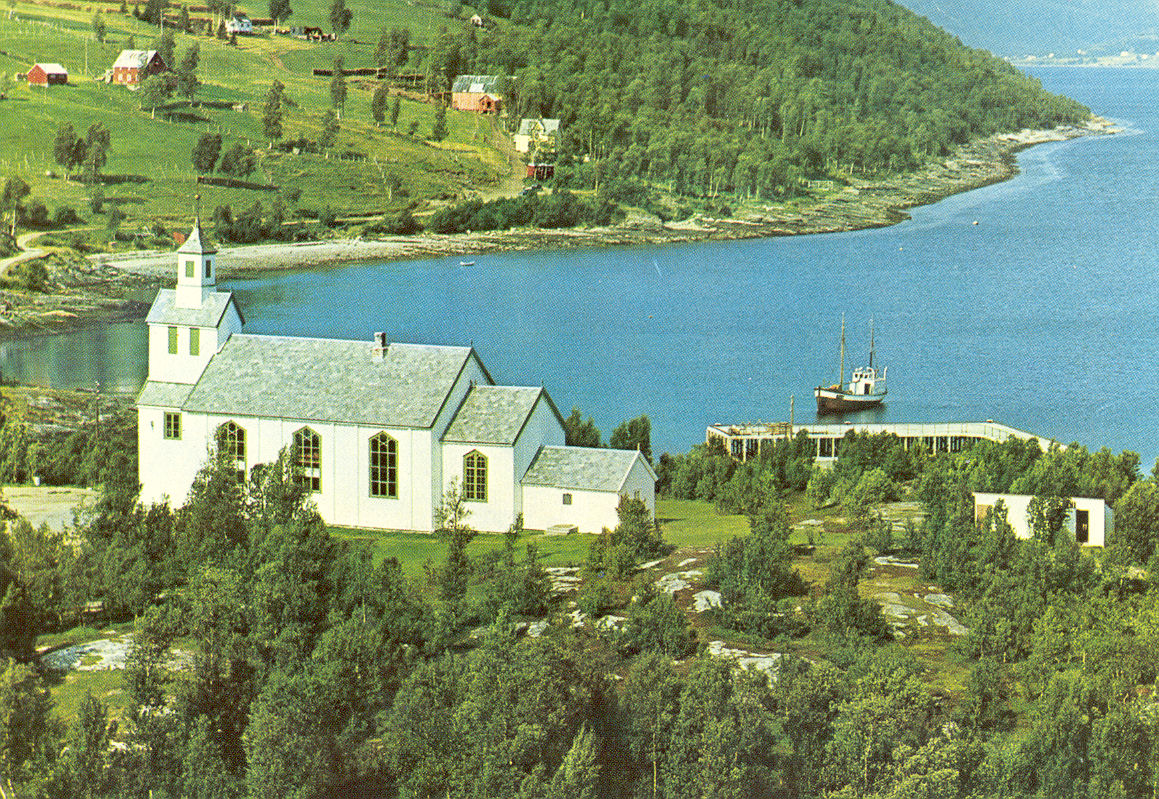
These are 1989 photos of the farm at Tennes


After a long time spent in preparation to go to America, the second group from Balsfjord was ready to say good-bye to their relatives and friends.
In the spring of 1863 Elias and Beata Anderson started off on this long journey with their seven children; Andrew, Adrianna, Hemming, Hannah, Hans Peter, John and Lena. They also brought Beata's sister's daughter Bertha. Beata's sister Adrianna had died in childbirth. This large family traveled to the port city of Bergen on the west coast of Norway far to the south of Tromsø. The sailing vessel, which set off from Bergen, Norway, was called the "Sleipner" on its second journey to America. Four times as many passengers as the Sleipner could accommodate assembled in Bergen for the sailing. Because Elias had a trade of being a carpenter and shipbuilder, his family was able to get on board. The ship's captain knew that skills such as Elias possessed would be valuable in the new land. The Sleipner departed from Bergen, Norway on April 26 with a cargo of herring, salt, tar, and some iron as ballast. She was carrying 23 cabin and 123 steerage passengers; there was one death on the voyage. Mastered by Capt. H. Waage she arrived at the quarantine station at Grosse Île, Quebec, Canada on June 7th. The Sleipner proceeded to Montreal and from there through the Welland Canal from Lake Ontario to Lake Erie, just west of Niagara Falls. They arrived in Detroit on July 1st and Chicago July 6th where they received a 4 gun salute and music by a brass band.
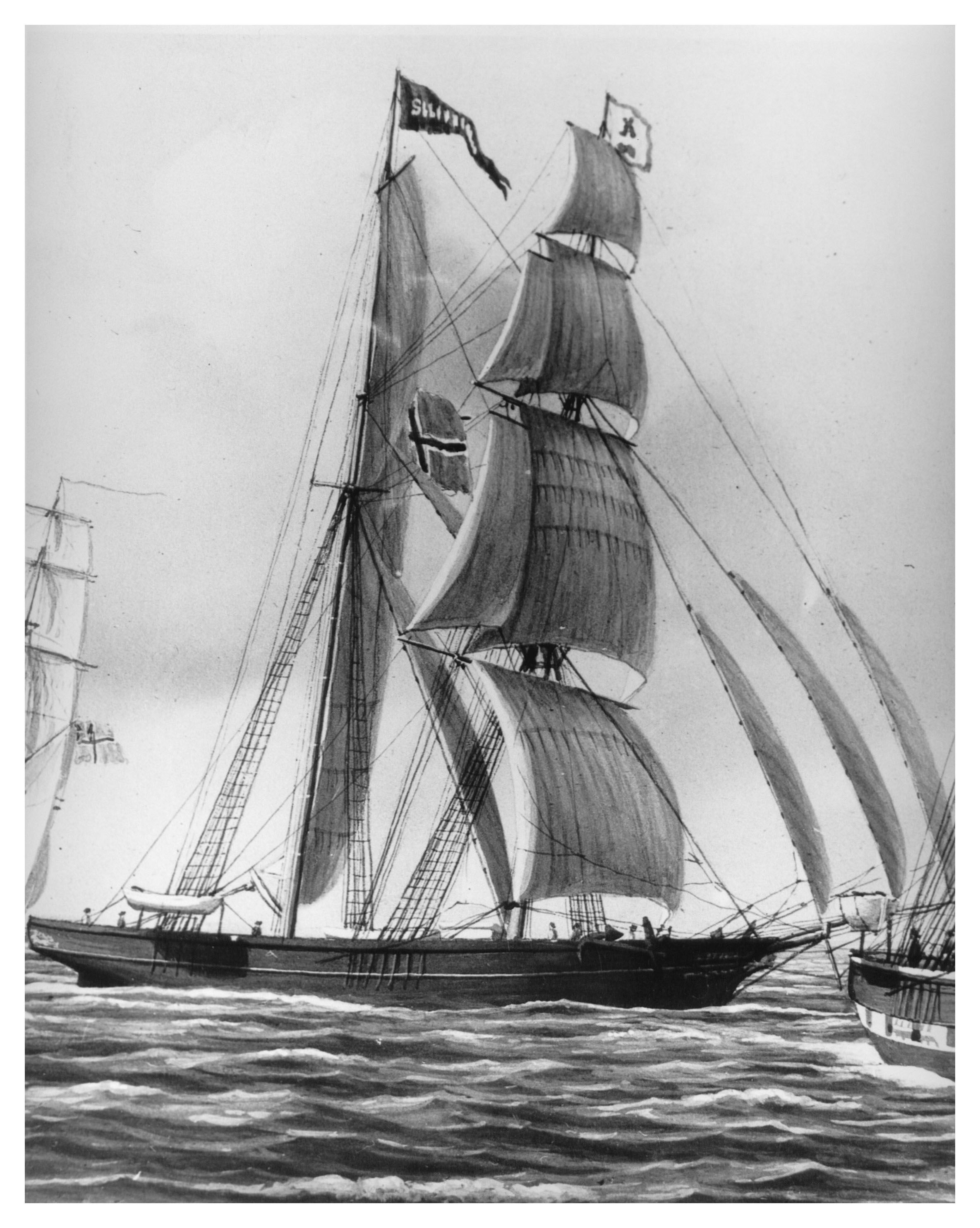
Elias and his family purchased provisions, gear, carts and oxen in Chicago, Illinois and headed west for Minnesota.
The party arrived in Minnesota just as the Sioux Uprising flared up during the Civil War. They could go only as far as the Norwegian camp at St. Peter, Minnesota. They remained there for more than a year. With no place to go and little to do, some of the young men in the party enlisted in the military service of their new country. Elias' son, Andrew Eliassen Anderson, served in the Second Regiment Minnesota Cavalry, Company B from December 16, 1863 -- December 1, 1865.
Andrew Eliassen Anderson and three Bomstas, Henrick, John A. and Albert, went into the Lake Lillian area on some of their patrols. They were highly impressed with what they saw of the area and, on returning to St. Peter, gave glowing reports to the leader of their group, Johan Andreas Johannesen Bomsta. When the frontier was at last reopened, J.A.J. Bomsta went to Lake Lillian to judge the accuracy of the reports for himself. As impressed with what he saw as the young scouts had been, he returned to St. Peter to bring his entire party to the Lake Lillian area in Kandiyohi County, Minnesota. The Elias Anderson family settled next to J.A.J. Bomsta in the fall of 1864 on land Elias had selected earlier in the summer. The main part of the group had moved to Lake Lillian in June of 1864, but Elias selected his claim and returned to St. Peter to take care of the crops on the land he had already rented there.
He came back with his family after harvest. Their farm was on Sections 5 and 8 of East Lake Lillian Township.
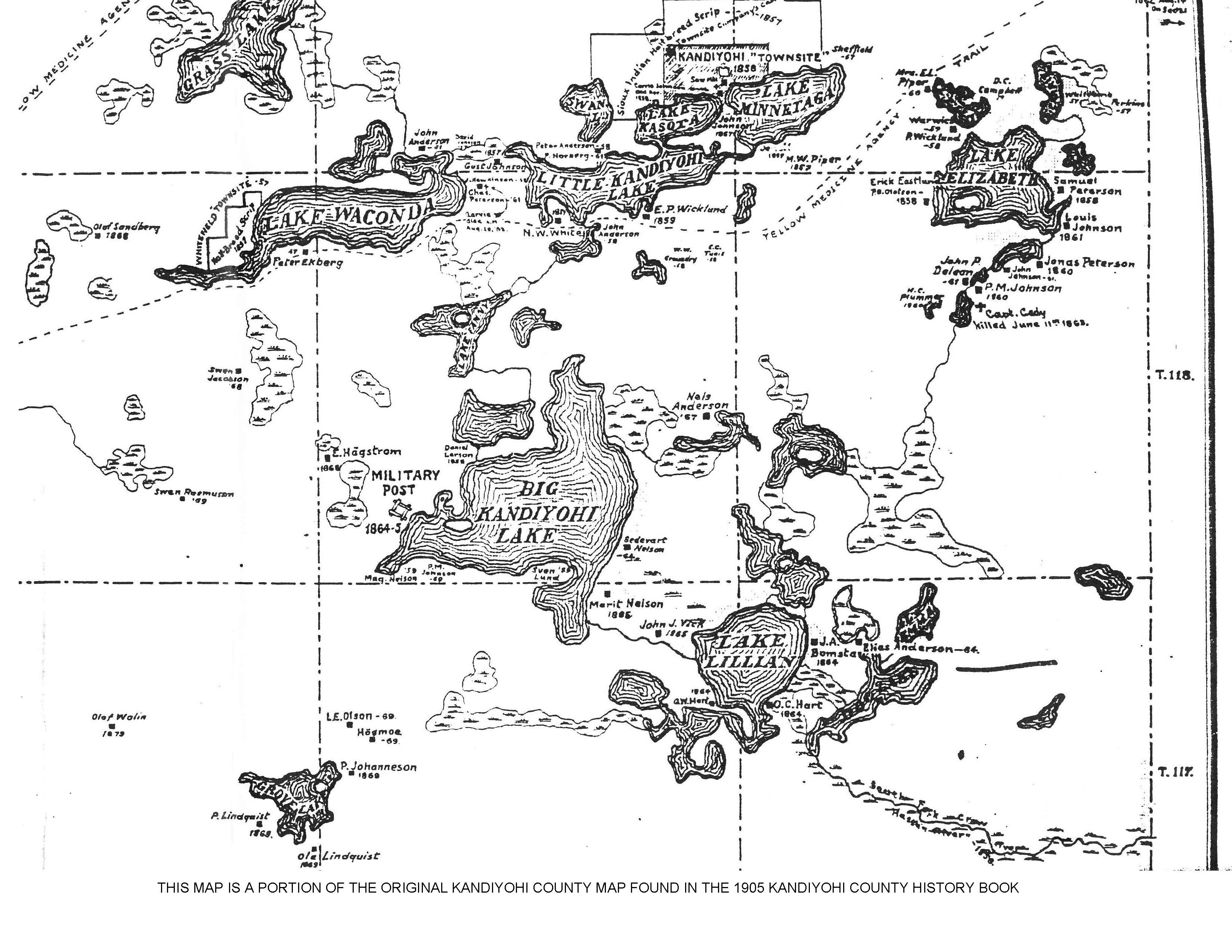
The family moved into a small shack, evidently built by early trappers. The shack had a sod roof of which was lined with cambric. They suffered many hardships. One morning their wooden shack burned to the ground. Here, on the wild prairie, the settler, with his wife and children, stood without shelter and with only the clothing and bedding they had managed to save from the fire. Elias and his older sons quickly set to work. They cut some rails, laid them across two haystacks, made a roof of hay and dry grass. They improvised to close up the ends, and made a "house" in which the family had shelter until they had completed construction of a log house. This shelter left much to be desired. The cook stove was still usable, but was located outdoors, because of the danger of fire. The oldest daughter, Adrianna, searched through the ashes of the burned shack looking for cooking utensils and tableware. The flour sack that contained the flour had burned away, but they salvaged as much as they could for making bread, although it had a definite scorched taste.
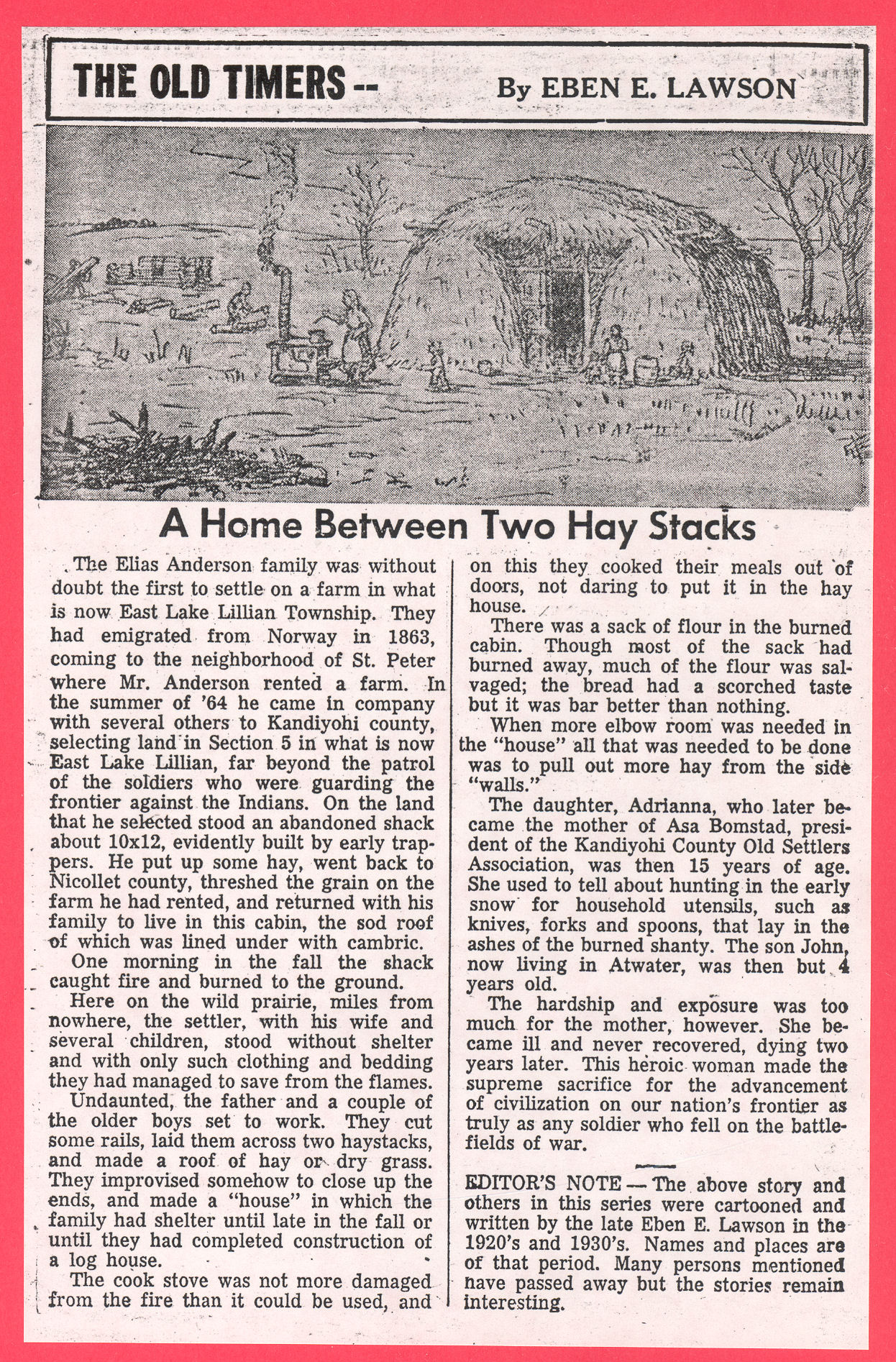
The hardship and exposure was too much for Beata, who became ill and never recovered. She died from malnutrition and pneumonia in 1865. She was the first pioneer woman to die in this community. Beata was buried in a small cemetery in Section 5 for early pioneers. This heroic woman made the supreme sacrifice for the advancement of civilization on our nation's frontier. After Beata's death, little Bertha went to live with her father, Hans Hanson and stepmother who had come to America at a later time and also lived at Lake Lillian.
The Scandinavian Methodist Episcopal Church was (located at section 1 of Lake Elizabeth Township and) organized in 1866 under the leadership of Rev. H. Holland, a circuit-riding pastor who fanned the spark of the gospel in this community. Elias Anderson and three other families constituted the nucleus of this work. The first services in the Lake Lillian area were held in homes and after the schoolhouses were built they were used also.
Elias married for a second time to Gjøyda Owre and they had a daughter, Annie. In the history accounts it tells about an Indian woman who showed Elias how to soak and bend beech wood so he could make a hand reaper with teeth. Elias was a director of the grade school in 1872.
In 1873 there was a severe blizzard that lasted for three days. Elias worked unceasingly hard caring for his own oxen plus his neighbors also brought their oxen to his shelter. He struggled through the snow and wind to care for these animals. In those days oxen were hard to get and they were very important for the survival of the pioneers. He had trouble getting enough hay and water for the oxen. Working under these difficult conditions weakened Elias causing him to get pneumonia. He died at the age of 49 on February 4, 1873. He was buried at the Pioneers Union Cemetery north of Lake Lillian.
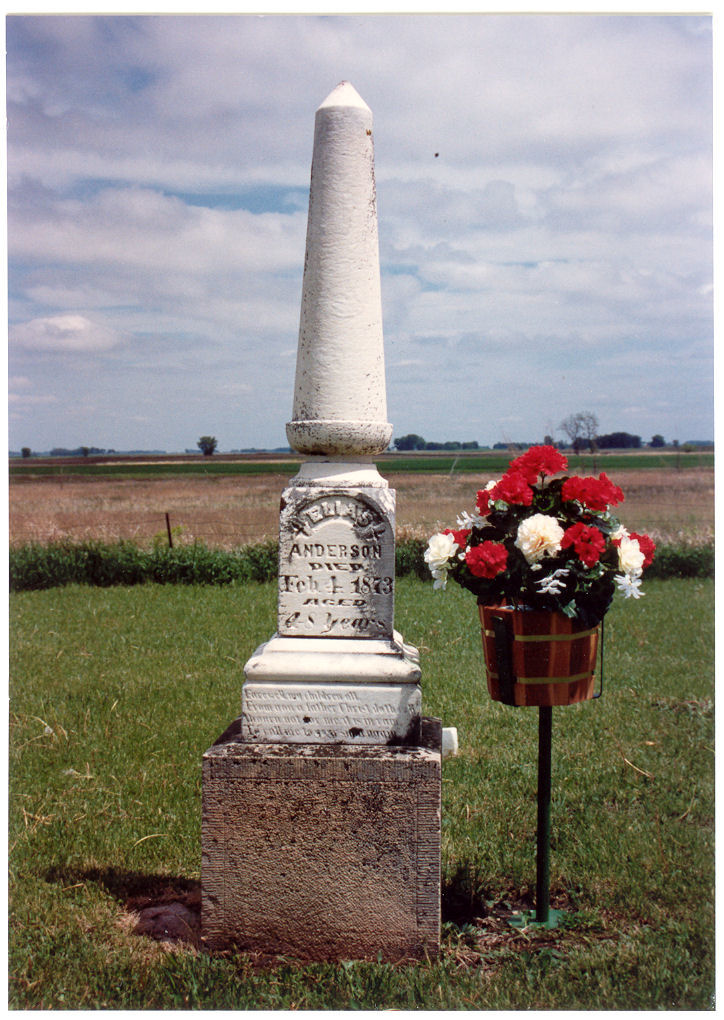
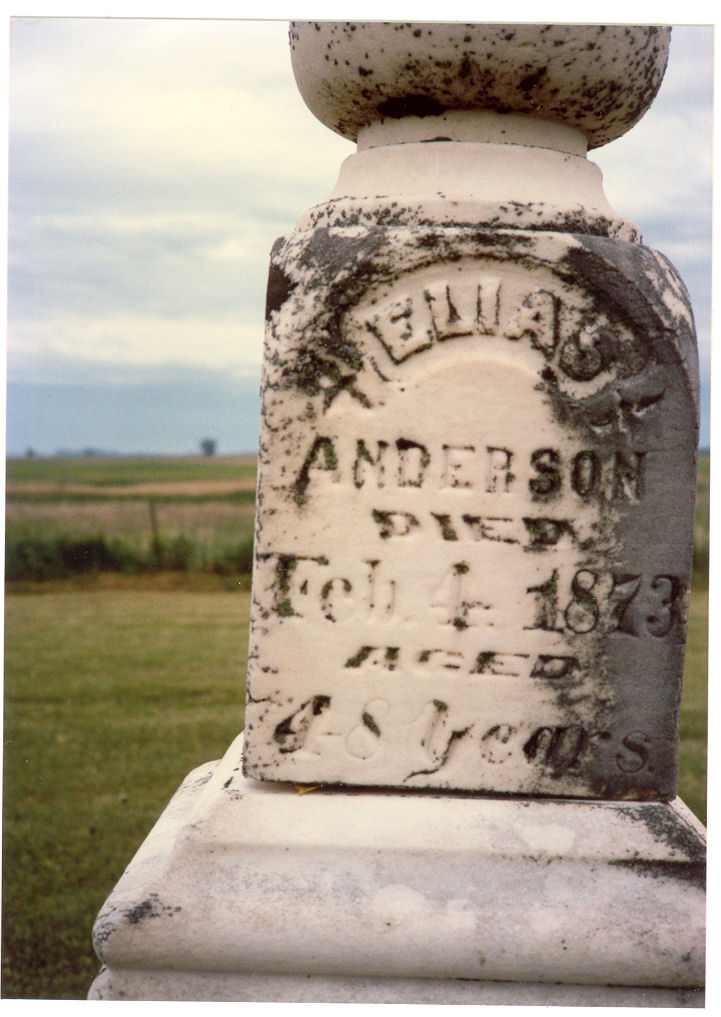
After Elias died, his son, Hemming Anderson, took over the farm. Hemming donated land (in 1890) for the Methodist Church and Cemetery (that was built in East Lake Lillian section 5). Another son, Andrew Anderson, donated the original parsonage.
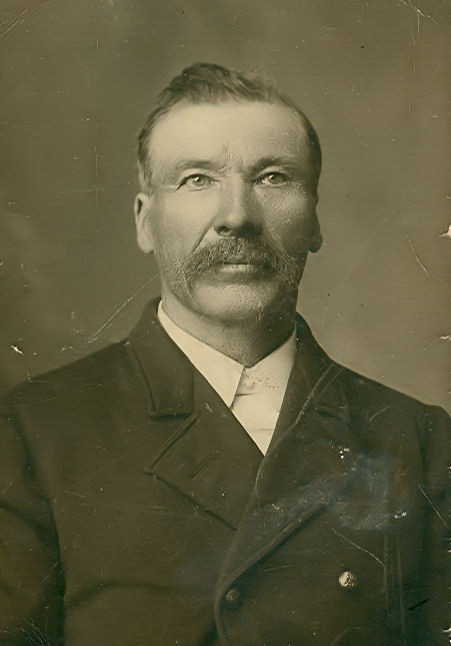
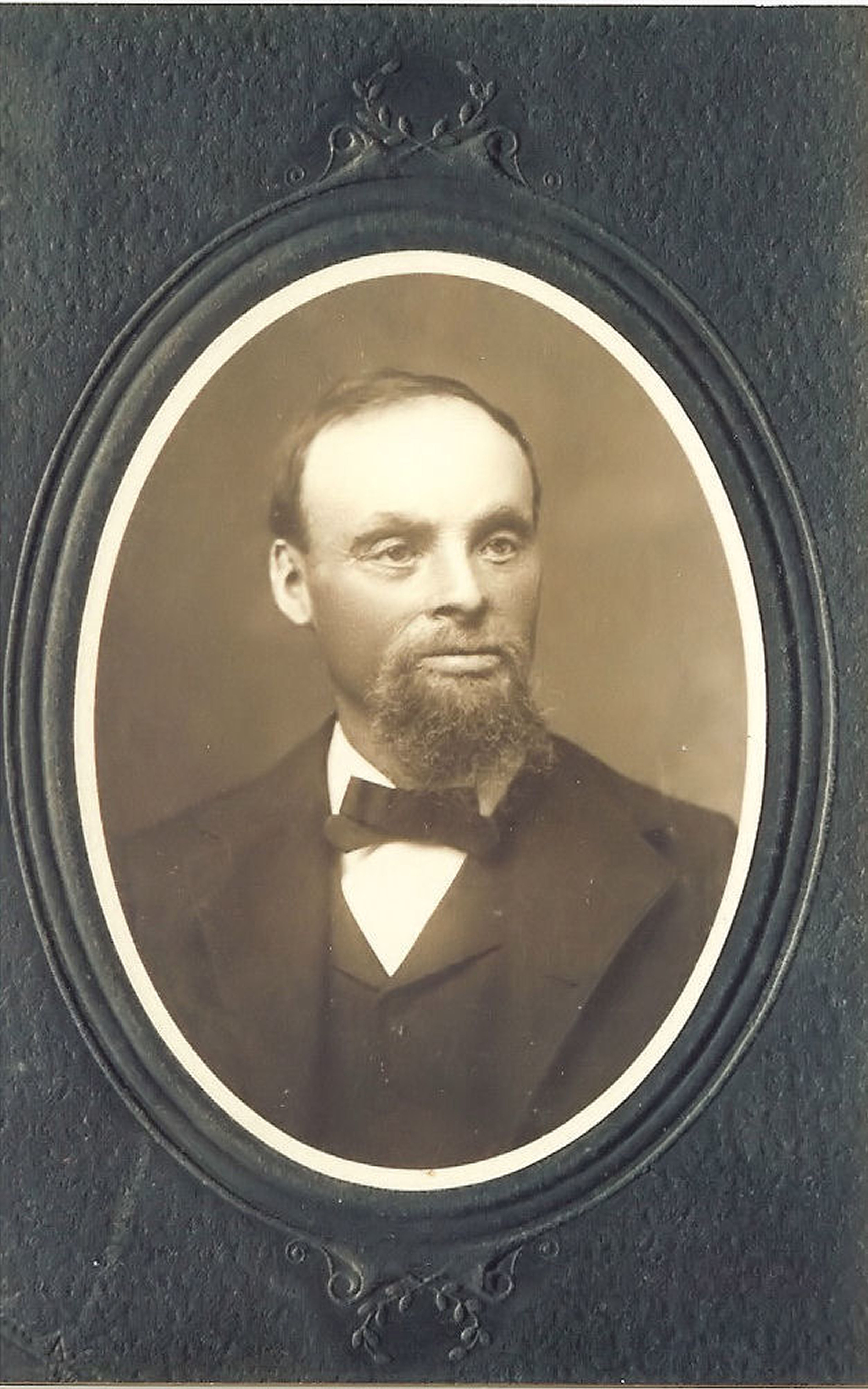
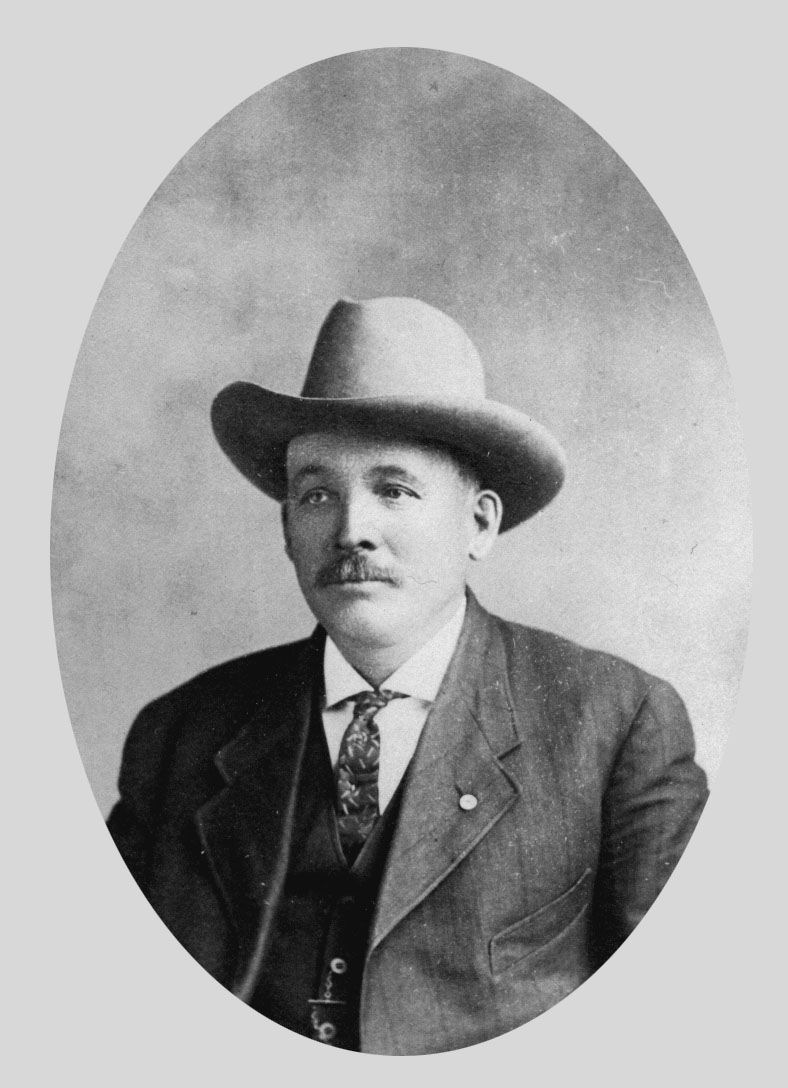
Andrew Anderson, Hemming Anderson, and John S Anderson
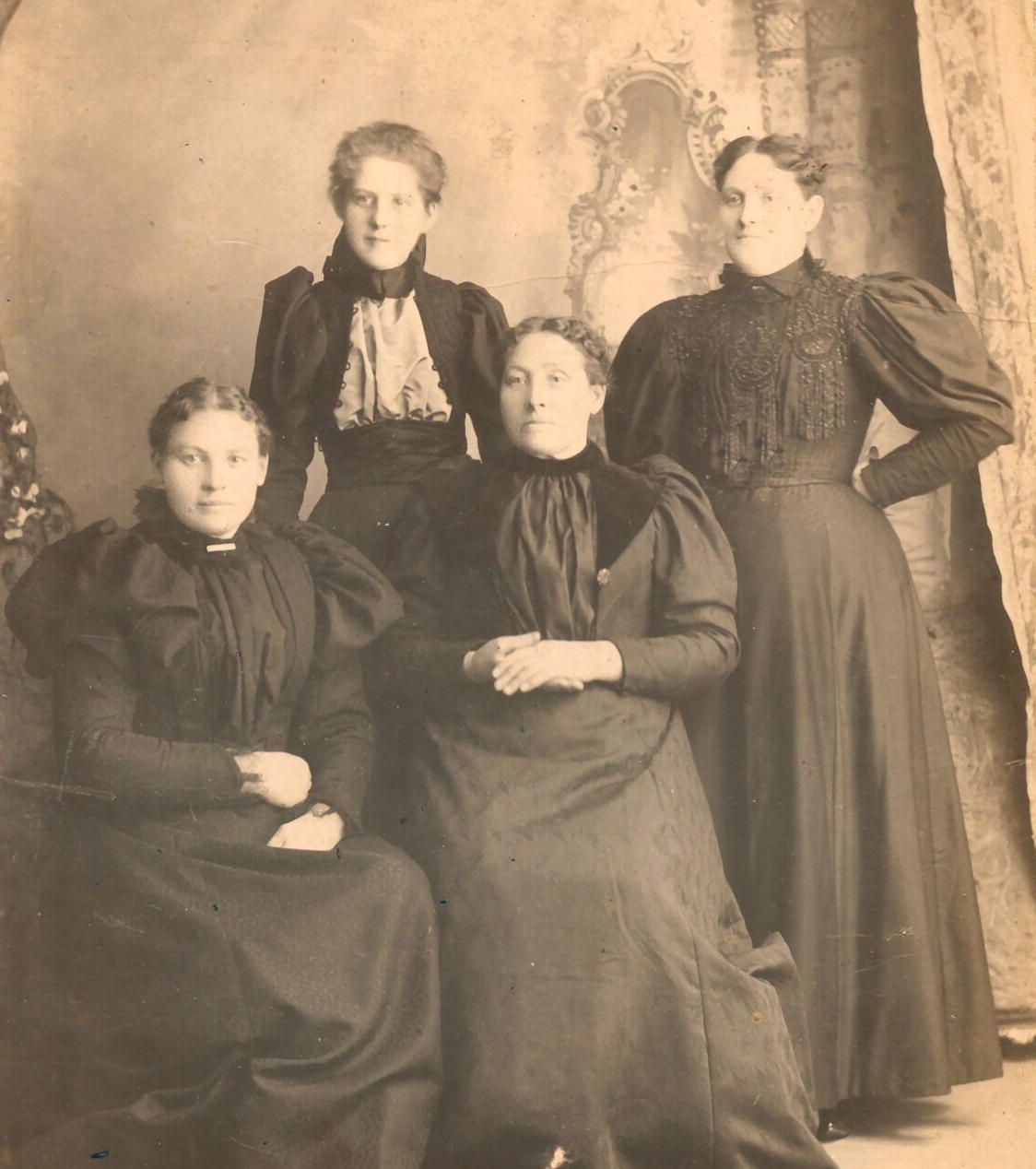
Daughters of Elias: Back row Annie (Lewis) - Lena (Kraft)
front row Hannah (Mace) - Adrianna (Bomstad)
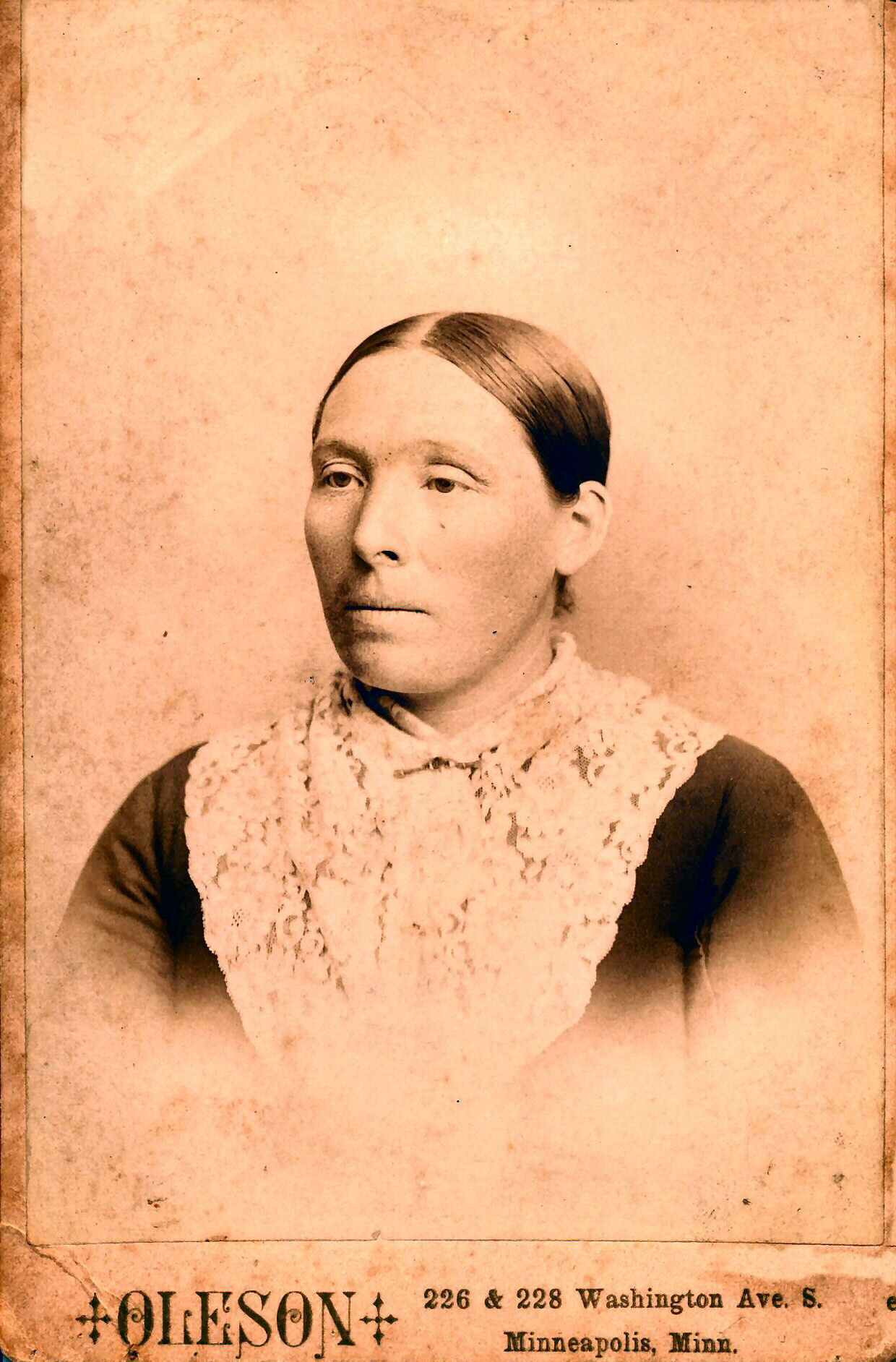
Adrianna - married Albert Bomstad
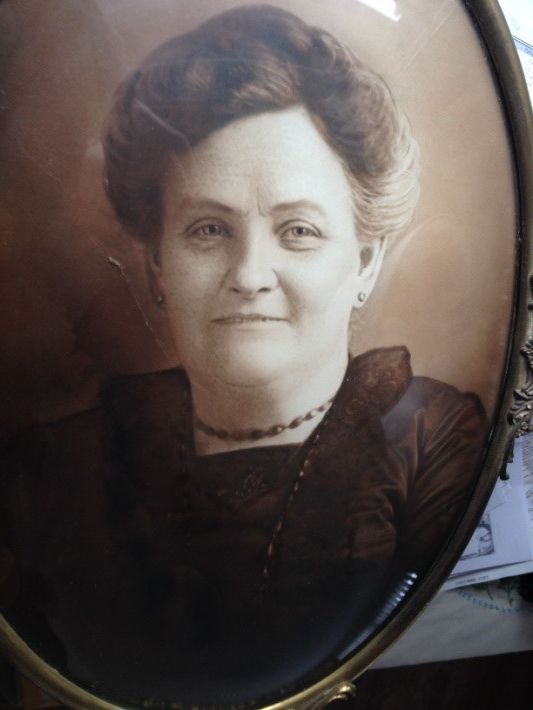
Eline married Charles Kraft - went by Lena